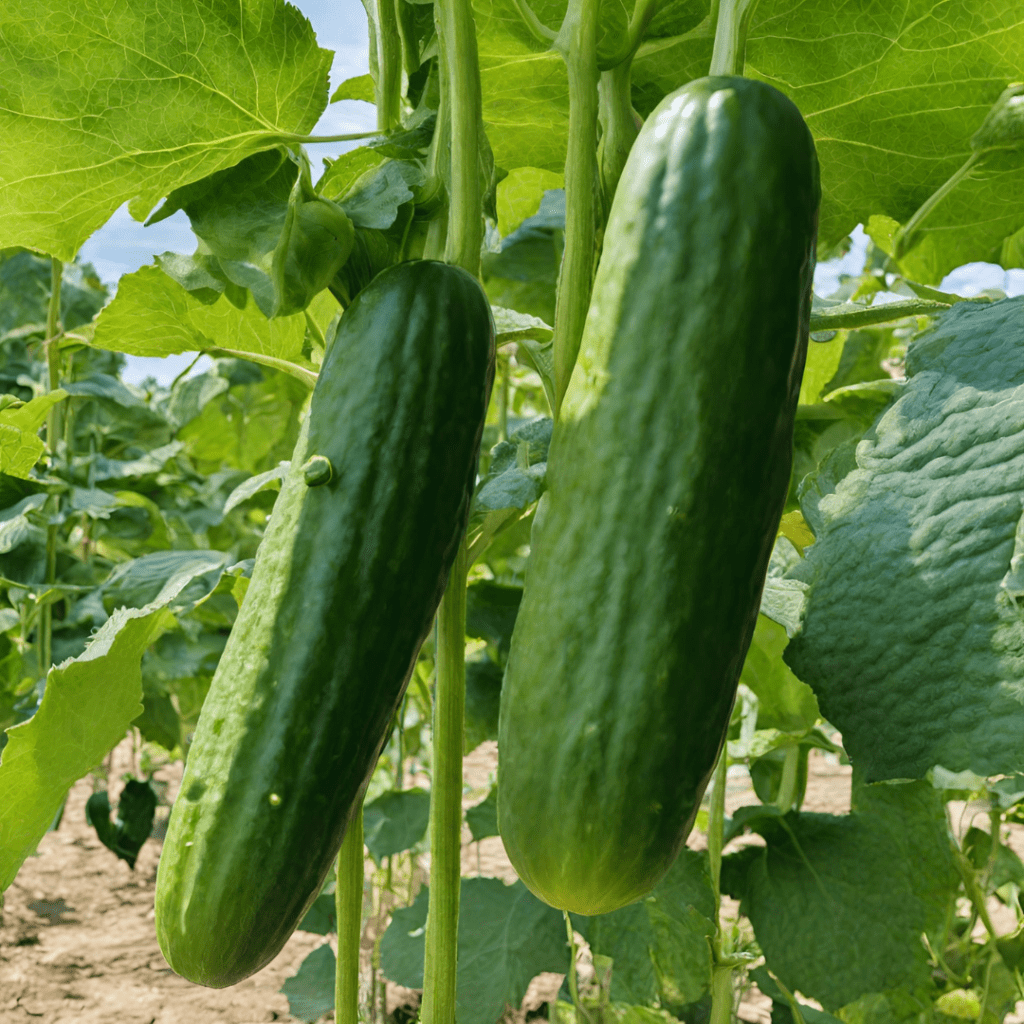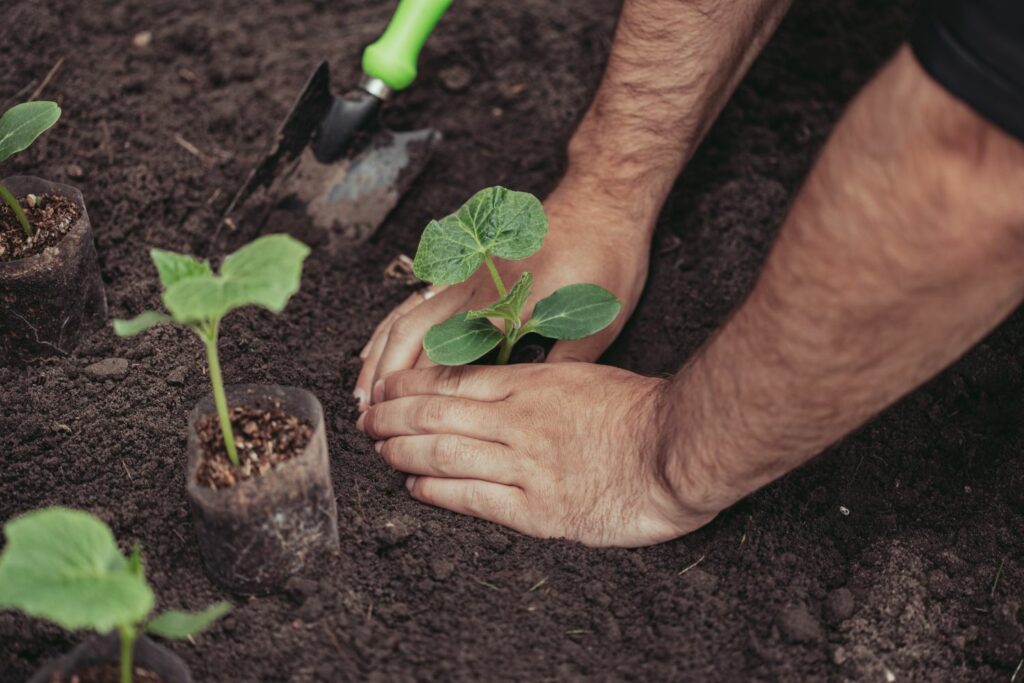“Cucumbers, cherished for their versatility and refreshing flavor, are a popular choice in gardens. Luckily, growing these delightful vegetables in your backyard doesn’t demand expert gardening skills. Discover the secrets to successfully cultivating cucumbers at home:”

Easygoing Character
Cucumbers are remarkably adaptable and low-maintenance plants. Flourishing in diverse soil conditions and needing little attention, they’re perfect for beginner gardeners.”
"Maximizing the Yield: Soil and Fertilization Tips for Cucumbers
Cucumbers, known for their resilience, still benefit from a nutrient-rich environment to thrive and produce abundant harvests. Here’s a closer look at how to optimize soil conditions and fertilization for your cucumber plants:
1. Soil Preparation: Start by ensuring the soil is well-drained and loose, as cucumbers prefer a loamy texture. Incorporating organic matter like compost or well-rotted manure can improve soil structure and provide essential nutrients. Aim for a pH level between 6.0 and 7.0, slightly acidic to neutral, for optimal growth.
2. Fertilization Schedule: While cucumbers aren’t overly demanding, they do benefit from occasional fertilization throughout the growing season. Begin by applying a balanced fertilizer, such as a 10-10-10 formula, at planting time. After the plants begin to develop fruit, switch to a fertilizer higher in potassium, such as a 10-20-10 blend, to promote fruit production.
3. Organic Options: Consider using organic fertilizers to nourish your cucumber plants naturally. Options like compost tea, fish emulsion, or seaweed extract provide a gentle yet effective boost of nutrients without the risk of chemical buildup in the soil.
4. Essential Nutrients: Cucumbers have specific nutritional needs to thrive. Supplementing the soil with nutrients like glucose (a form of sugar) can enhance plant vigor and promote fruit development. Ascorbic acid, also known as vitamin C, aids in plant health and resilience, helping cucumbers withstand environmental stressors.
By providing cucumbers with the right soil conditions and essential nutrients, you’ll encourage healthy growth and bountiful harvests throughout the growing season. Experiment with different fertilization techniques and observe how your plants respond to find the perfect formula for success.”

“Enhancing Cucumber Cultivation: Advanced Strategies for Success
Selecting the appropriate cucumber variety lays the groundwork for a successful harvest, but there’s more to it than just choosing the right type. Here are additional steps to ensure your cucumbers thrive:
Selecting the Appropriate Variety: Beyond just choosing between self-pollinated hybrids and bee-pollinated varieties, consider factors such as disease resistance, fruit size, and intended use (fresh consumption or pickling). Researching different varieties and their specific characteristics can help you make the best choice for your garden.
Creating Ideal Planting Conditions: In addition to warm temperatures, cucumbers prefer well-drained soil with a pH between 6.0 and 7.0. Consider conducting a soil test to assess nutrient levels and pH before planting, and amend the soil as needed to create optimal growing conditions.
Germination and Seedling Care: Enhance germination rates by soaking cucumber seeds in a solution of water infused with hydrogen peroxide for 24 hours before planting. Once seedlings emerge, provide adequate spacing (about 12 inches apart) to prevent overcrowding and promote healthy growth.
Perfecting Planting Technique: Prioritize proper spacing and trellising to maximize airflow and minimize disease risk. Mulching around cucumber plants helps retain soil moisture, suppress weeds, and regulate soil temperature, promoting overall plant health.
Nourishing Your Cucumbers: Incorporating compost or aged manure into the soil before planting provides a slow-release source of nutrients to support cucumber growth throughout the season. Consider foliar feeding with a balanced liquid fertilizer to provide additional nutrients directly to the plants’ leaves.
Ongoing Care: Regularly inspect cucumber plants for signs of pests or disease, and take prompt action to address any issues that arise. Pruning cucumbers to remove excess foliage and improve air circulation can help prevent fungal diseases and promote fruit development.
By implementing these advanced strategies into your cucumber-growing routine, you’ll not only increase your chances of a successful harvest but also deepen your understanding of cucumber cultivation and horticulture as a whole.”

Share via:
